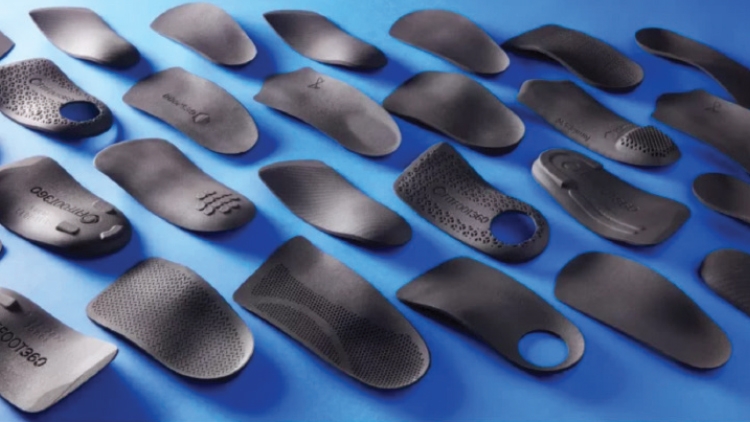Keeping up with Technology
Although some people might be new to the topic of 3D printing, orthotics and prosthetics as a profession has grown exponentially and has modernized many processes. The most common way to create a custom orthotic device is to heat up a sheet of plastic and mold it around a plaster cast. This method uses a vacuum system to ensure that the plastic forms fully around the cast to match the contours of the plaster as close as possible for an accurate device.
There are numerous types of 3D printing technologies available, but not every method is ideal for orthotics. The main technology on the consumer level is called fused deposition modelling (or fused filament fabrication). This is when a printer heats a strand of plastic, and a nozzle applies it layer by layer onto a bed. This method can take days to print one item, depending on the size and the internal structure. Orthotic devices are not typically made entirely through this method as it does not create strong enough bonds and the devices cannot withstand enough force. However, this method is great for making tools and equipment that we use within the workshop and for adaptive devices.
More recently, engineers have developed a combination of methods to create Multi Jet Fusion printing (MJF), a method of printing in which the filament is replaced with powder material, meaning it can print an entire layer at once instead of using a nozzle. The printing bed is also much larger, with numerous devices being printed at once. This method produces much stronger devices, including some weight-bearing devices that we can use in orthotics. Some clinics have switched to MJF for fabricating their foot orthotics. They begin with scanning the clients digitally with a handheld scanner, then sending the digital scan to the printer to create the desired foot orthotic. Modifications to the 3D design can be made on computer software before it is printed, and the printer can be programmed to stop at certain points to allow for materials to be added in between layers of the print. Some ankle foot orthoses and Starband cranial helmets are printed in this method.
Many students entering this field are encouraged to have some experience with 3D printing or 3D modelling as it is growing rapidly and continues to change the way we make custom orthotics.
Have questions before your visit? Don’t hesitate to reach out, we’re always here to help.
The Custom Orthotics Team (519) 850-4721 | office@customorthoticsoflondon.com | @cool_bracing














